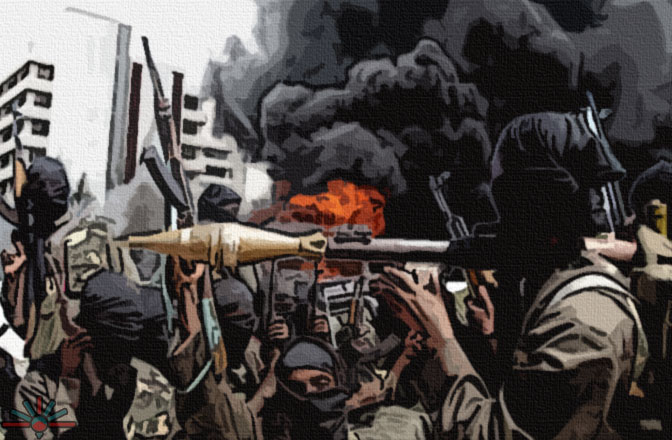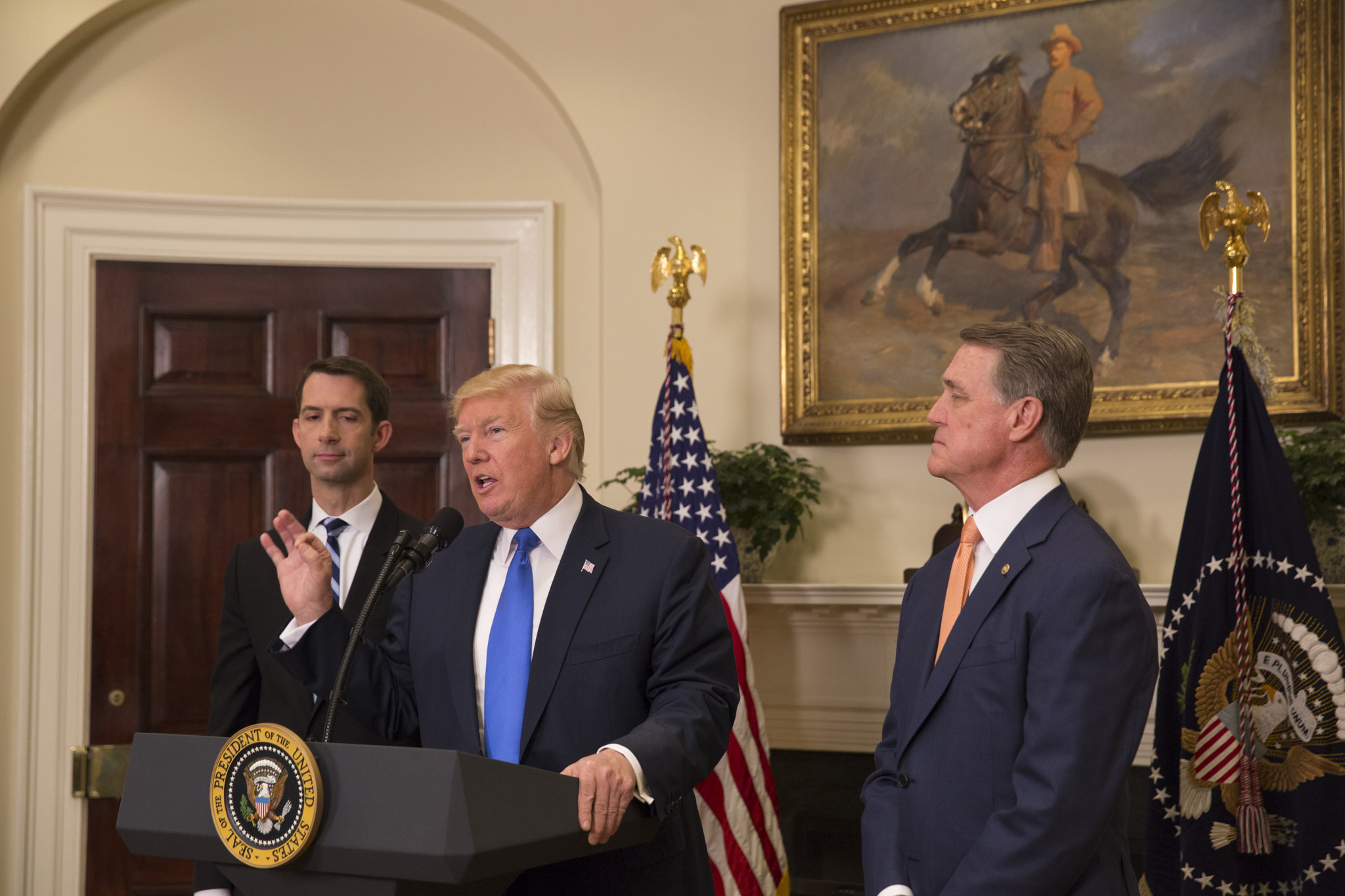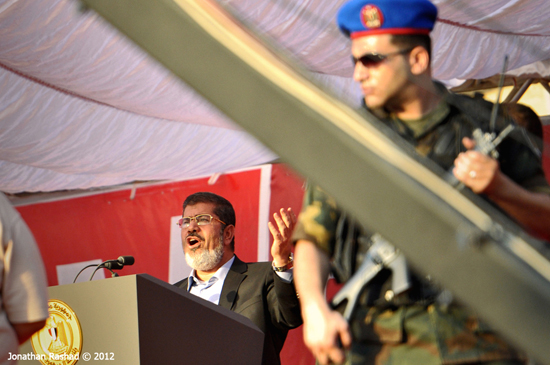Guest post by Kyle Beardsley and Kristian Skrede Gleditsch

In recent months, Boko Haram has devastated a number of communities across a vast swath of Northern Nigeria, and even reaching into Chad, Cameroon and Niger. Although Boko Haram has some territorial control in the border regions near Lake Chad, its attacks do not occur in a consistent geographic area, but rather devastate communities with considerable distance between them. This mobile pattern contrasts with other, more geographically-fixed rebel groups, such as the Niger Delta People’s Volunteer Force (NDPVF) fighting for the self-determination of the Ijaw people and control of the rich resources in the Niger Delta in Southern Nigeria.
We examine in two recent articles forthcoming in International Studies Quarterly (with Nigel Lo) and International Studies Review how the participants in armed conflict shape geo-spatial patterns and the implications for conflict management and peacekeeping. In considering these questions, it is helpful to draw an analogy between Boko Haram and Mancur Olson’s roving bandits. As a thought experiment, Olson considers roving and stationary bandits operating under anarchy. Roving bandits rely on brute force to move from place to place, extract rents, and move onto another location after they drain the available resources in one place. Stationary bandits, in contrast, extract resources by taxing local production and hence develop an encompassing interest in the welfare of the local economy. The stationary bandit will be wary of extracting all the currently available resources, as this will leave them with fewer resources to extract in the future. As such, stationary bandits extract resources not just through naked coercion, but also through some form of implicit social contract. They provide public goods—such as security—and, in return, receive rents from the local population. This provides an incentive for the stationary bandit to invest in the conquered area rather than completely exploit it. In this sense, stationary bandits set up hierarchical relationships that resemble a proto-state. Armed actors able to establish consistent hierarchy can come to rule with consent, or legitimate authority, rather than through more costly brute force against continued resistance. In the intrastate conflict context, rebel groups that stay localized—and, by implication, fight in more consistent locations—can better compete with the state as the side with legitimate authority and win local support.
If stationary bandits have an advantage of being able to establish authority and some degree of consent from the local community, then what does this suggest about Boko Haram as a mobile group? What has prevented Boko Haram from establishing stronger hierarchies within Northern Nigerian and surrounding communities, and driven the group to ravage communities and depend on power through coercion and fear?
In our recent study, we explore why the conflict zones in some intrastate armed conflicts tend to exhibit substantial year-by-year variation, while the conflict zones in others tend to concentrate in consistent areas. Moreover, in another study, we assess the ability for peacekeeping forces to contain the geographic spread of armed conflict. We posit that rebel groups frequently face the dilemma of whether they should stay mobile and vary the geographic location of their activities, or seek to operate in a consistent theater. Consistency provides an opportunity to consolidate authority among local communities and become stationary bandits, but mobility might be the only way to survive against government forces. Central governments face a dilemma of their own. Strategies that focus on containing groups effectively allow rebel groups to establish strong local roots. In contrast, uprooting rebels and giving chase is difficult and often counterproductive.
We argue that armed actors can choose over a menu of options in terms of specific attack targets and locations. Rebel groups that lack both sufficient strength and strong local ties must vary their battle locations to remain viable. We empirically explore the movement of conflict zones using the Georeferenced Event Dataset (GED), which has defined conflict zones as polygons that encompass the battles in each year. We then specifically measure mobility as the proportion of overlap in the zones from the previous year to the current year. For example, the figure shows the armed conflicts involving the SPLM/A, which is associated with low mobility, in 2002 and the LRA, which has very high mobility, in 2001.

in blue, previous-year polygons are in yellow, and the areas of overlap are in green.
The results from our study corroborate the claim that rebel groups tend to keep operations localized if they can. But fighting over many locations becomes likely when they lack the ability to attain harbor from local communities or the resources to compete militarily with state forces.
Boko Haram fits this pattern well. Its aims do not focus on the establishment of some ethnic homeland. Indeed, its recent alliance with the Islamic State is indicative of goals related to the spread of an extremist ideology and the global recruitment of resources and recruits. And even if Boko Haram preferred to keep operations local, it does not have strong alliances with local community groups that would be willing to conceal the activities of Boko Haram and confer informational advantages against government counterinsurgency efforts. Although the Nigerian armed forces have appeared inept in the struggle against Boko Haram, its sizeable military should perform better against a group that stands and fights in consistent locations rather than spreading its forces so thin across space.
As a result of the severity of Boko Haram’s tactics and ability to terrorize and kill throughout so a large area, there have been recent movements for greater international involvement. Chad and Niger have begun cooperating with Nigeria to target Boko Haram’s activities along the porous borders, and the UN Security Council has recently issued a press statement condemning recent attacks by the rebel group. ECOWAS has also considered joint military action and has called for the African Union to refer the matter to the UN Security Council.
If the UN Security Council were to authorize a peacekeeping force for Nigeria, might this help contain Boko Haram, and reduce the geographic spread of its violence? Our article in International Studies Review explores the ability for peacekeeping operations to contain the mobility of conflict. We argue that peacekeeping missions tend to have defensive rather than offensive mandates. Indeed, the mandate that authorized the creation of an Intervention Brigade as part of the MONUSCO mission in the DRC (UNSCR 2098) explicitly calls for this type of brigade to be considered as exceptional and not a precedent for other missions. Defensive-oriented peacekeeping missions can contain the mobility of armed actors by using monitoring to decrease the informational advantages of mobile groups, impeding the actual movement of armed groups that are hesitant to violently move peacekeepers from their paths, and reducing the willingness of states to uproot insurgents from local communities while under observation. We find that, on average, armed conflict zones tend to exhibit geographic consistency when peacekeeping missions, especially large ones, are present.
So, does it follow that a robust peacekeeping operation in Nigeria would help contain Boko Haram? Not necessarily, for two reasons. First, in some additional analyses, we find that peacekeepers do not do as well in containing conflicts that involve groups, like Boko Haram, which are not fighting for an ethnic homeland. Peacekeeping missions do much better in containing conflict when the armed actors can use the cover of the peacekeeping missions to blend in with a cooperative local population. Second, although peacekeeping missions are associated with some, albeit limited, conflict containment for groups that are not fighting for an ethnic homeland, it is not clear that containment would be desirable for groups like Boko Haram. Some of the containment effect of peacekeeping might be working through restraining government efforts to root out and pursue armed groups. While it is easy to see this as fulfilling the objectives of peacekeeping missions in countries where the government is clearly the more culpable party in doling out the bloodshed, this case is more difficult to make with regard to Boko Haram. If Boko Haram were to be able to consolidate its activities locally, non-combatants in those areas may be even more deeply brutalized.
Peacekeepers are lousy counterinsurgents and more likely to provide cover to Boko Haram rather than enforce measures against their brutal tactics. But less obviously, international and domestic efforts to bolster the Nigerian government’s fighting capacity and to diminish that of Boko Haram—for example through cutting off the resources—could be successful in the long run but may unintentionally contribute to the mobility of the group in the short run. However, mobility reflects the weakening of the group and its need to flee rather than fight. The new Nigerian government must not only pursue the group by military means but also improve and consolidate its own hierarchy with the affected communities, so as to deny safe harbor and relief to Boko Haram.
Kyle Beardsley is an Associate Professor at Duke. Kristian Skrede Gleditsch is a Professor at University of Essex.







2 comments